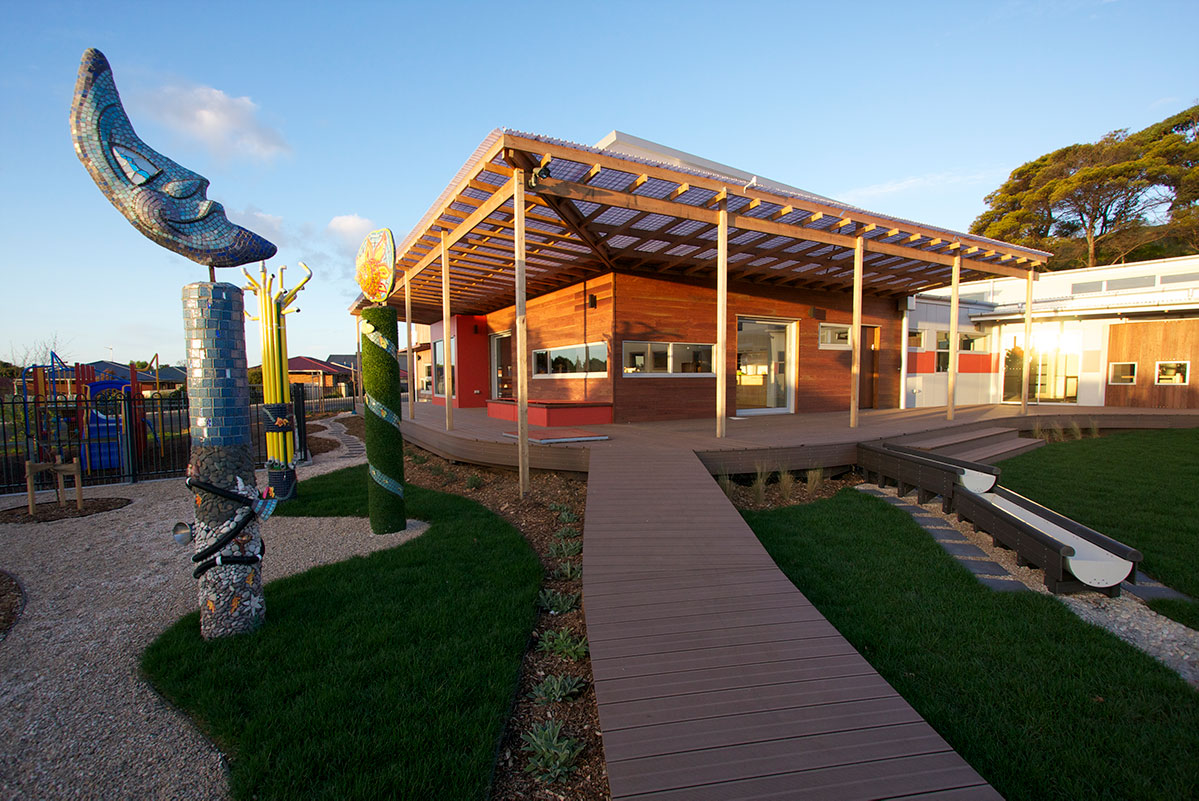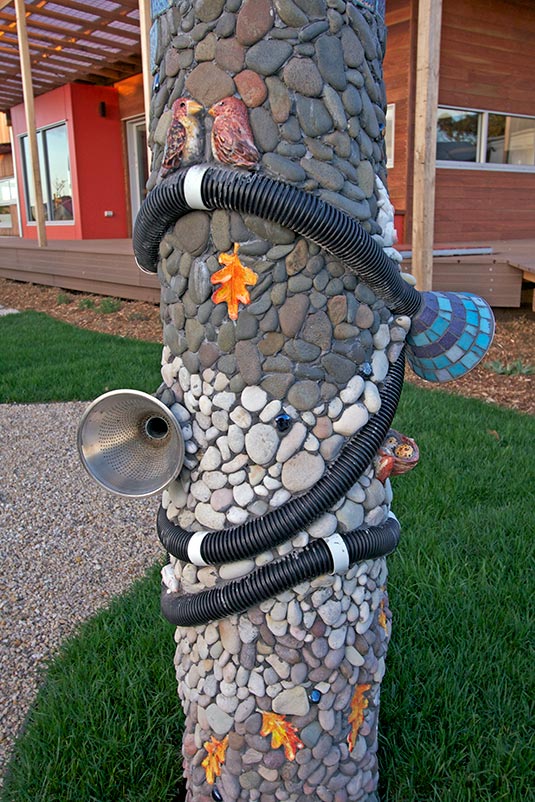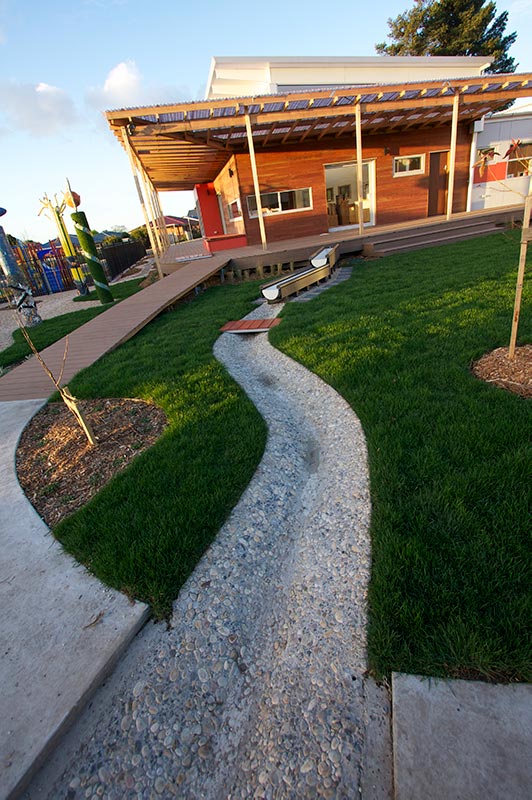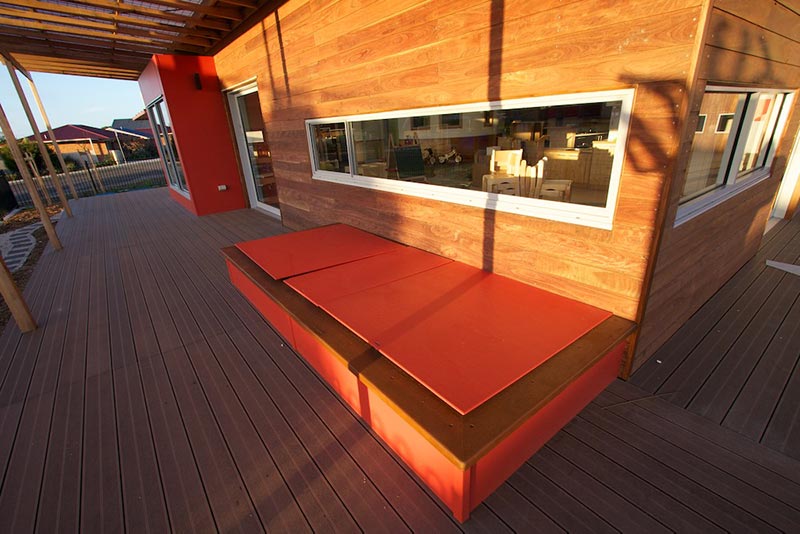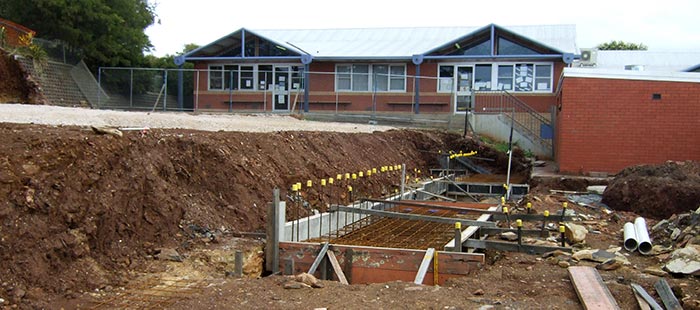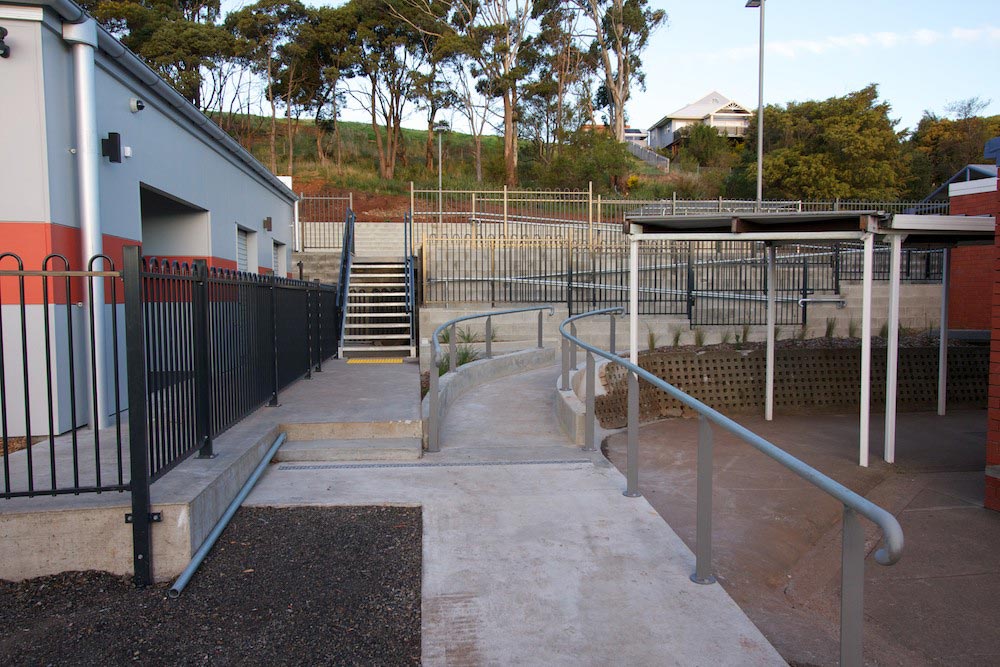East Devonport Child and Family Centre Play Space
A place for children and families to heal and imagine
Project Overview
- Client: Devonport City Council
This playground is part of a new community centre offering counselling and health support for families. Inspired by environmental research showing that natural, multi-sensory environments support a child’s brain development, I developed a place that encouraged imaginative play with nature for very young children.
My Role
- Landscape architect that developed the landscape plan and documentation for construction.
The Project
Tasmania’s Devonport City Council was developing a community centre to counsel young families with domestic and health issues, so they wanted a safe, relaxing environment where young children could be well-supported.
Responding to the brief, both the architecture and landscape integrated art and nature into the design to encourage a welcoming and creative environment.
Master Plan
The landscape master plan included a playground and challenging site engineering that enabled accessible access from the car park to the centre entrance. The playground also needed to respond to accessibility issues and ensure that children with all abilities were able to enjoy the outdoors.
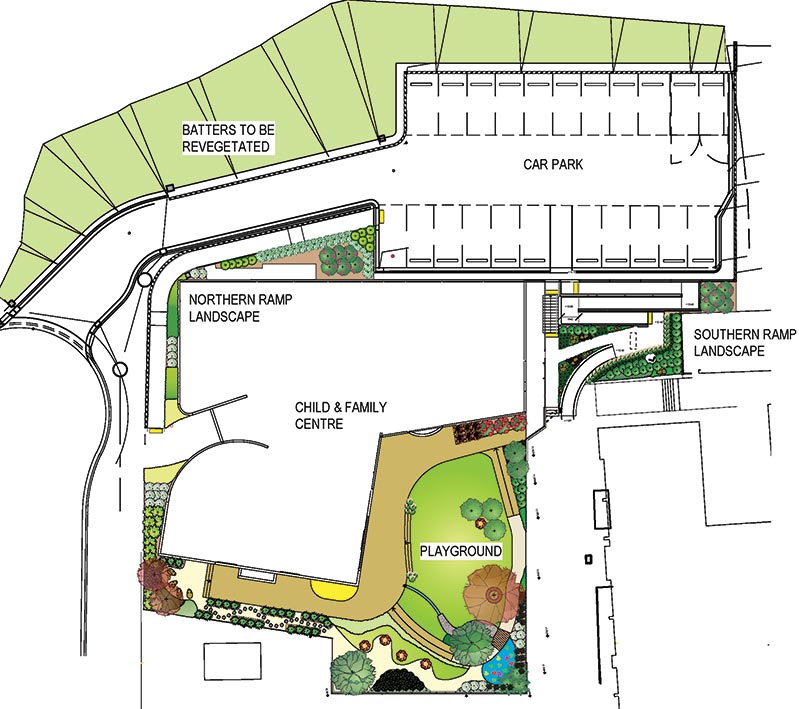
Play Space Plan
The landscape plan was inspired by contemporary environmental research supporting the benefits of nature and art on a child’s brain development. Most of the play spaces were developed using planting and topography. Built elements encouraged play with tactile elements like water and sand. Edible and fragrant plantings encouraged multi-sensory opportunities for discovery.
Most features were designed for accessibility and there was also a ramp circuit incorporated into the centre’s decking for kids in wheelchairs to ride in a circuit.
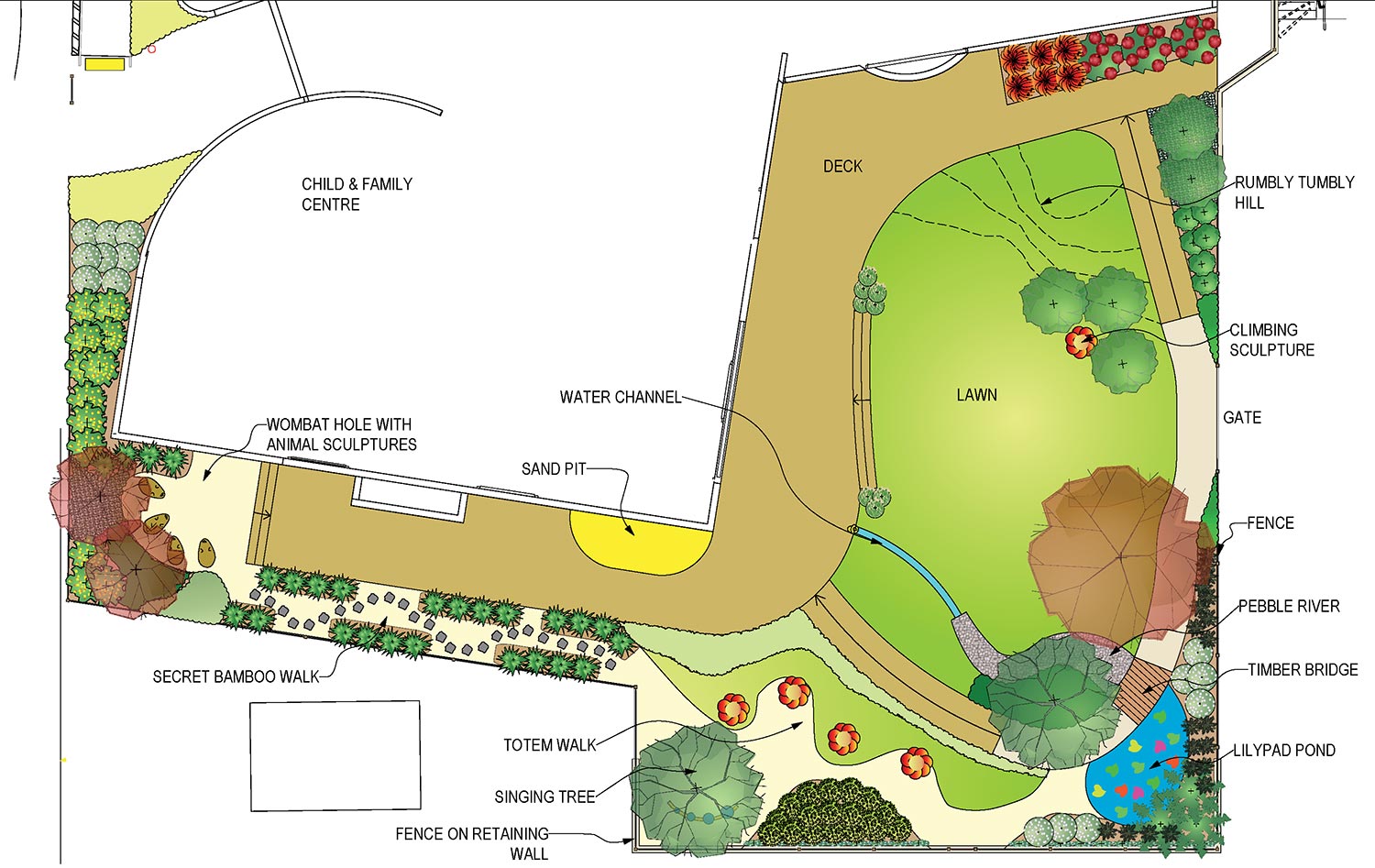
Local Interactive & Tactile Art
To heighten the art element in the playground I worked with a local artist / sculptor to create these totems that the children could interact with. They were highly tactile and had features that kids could use to listen / make sounds. Increased sensory opportunities were more supportive for a young child’s brain development.
Water features for play
The entire centre had a ‘babbling brook’ theme integrated into the architecture and landscape. Motifs in the architecture led to a water channel in the play space. This element was built so that children in wheelchairs could also play with the water in stepped water channels that cascaded to a swale and then drained across an imaginary rainbow coloured lily pad pond.
